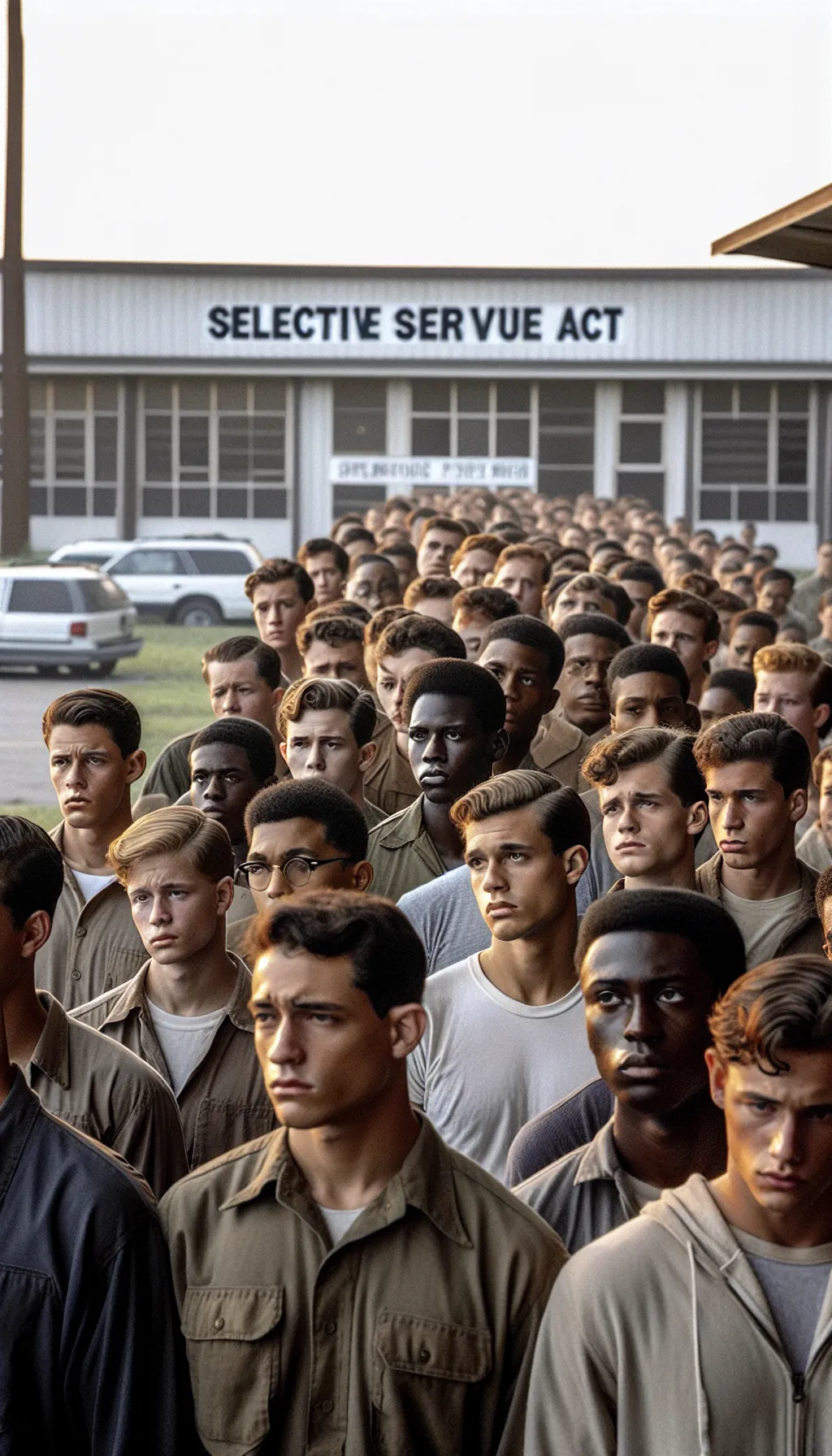United States – The First Draft Registration – June 5, 1917
TLDR;
- Event: On June 5, 1917, the first draft registration for World War I took place in the United States under the Selective Service Act, targeting men aged 21 to 30.
- Purpose: The draft was essential to rapidly expand the U.S. military from a small peacetime force to one capable of fighting in Europe, following the country’s entry into the war in April 1917.
- Scale: Nearly 10 million men registered during the first period, marking an unprecedented mobilization effort, with the actual draft lottery occurring on July 20, 1917.
- Controversy: Despite its necessity for national security, the draft faced protests, resistance, and draft evasion, with approximately 330,000 men failing to report when called.
–
Story
The air was thick with anticipation and uncertainty as young men across the United States lined up outside local draft boards. It was June 5, 1917, a day that marked the beginning of a process that would forever alter the course of their lives and the nation’s history. The Selective Service Act had been passed, and with it came the first draft registration for World War I. The call to arms was not just a request—it was a mandate.

As the sun rose, casting long shadows on the streets, the reality of war hit home. Men aged 21 to 30, from bustling cities to quiet rural towns, stood shoulder to shoulder, waiting to register. For many, this was their first encounter with the machinery of war, a stark reminder that the conflict raging across the Atlantic was now their fight too.
The draft was a necessary measure. The United States, having entered the war in April 1917, needed to rapidly expand its military from a small peacetime force to one capable of fighting in Europe. The draft was always part of the plan, not just a fallback due to lack of volunteers.
The registration numbers were staggering. Nearly 10 million men registered during the first registration period, a process that took weeks to compile. This massive mobilization effort was unprecedented, setting the stage for America’s significant involvement in the war. However, it’s important to note that the actual draft lottery, where men were selected for service, did not occur until July 20, 1917, with the first draftees called up in September.
The draft registration of June 5, 1917, was a significant moment in American history, but it was not without its controversies. While many saw it as a necessary step for national security, there were widespread protests, resistance, and instances of draft evasion, including about 330,000 men who failed to report when called.
As the day ended, the lines dwindled, but the impact of those registrations would echo through the years, shaping the future of the United States and the world.
–
| Would a different approach to military enlistment have changed the outcome of World War I? |